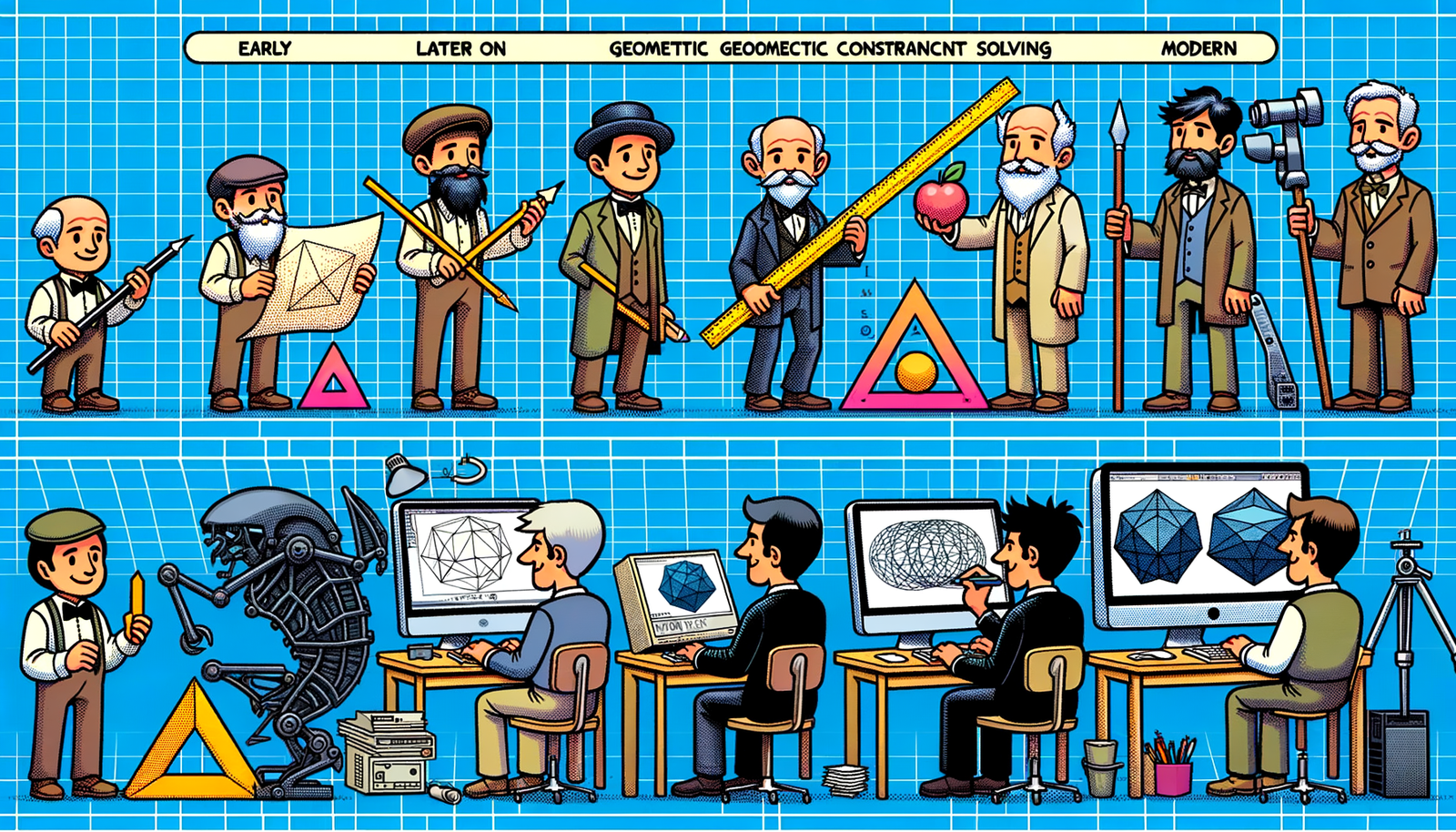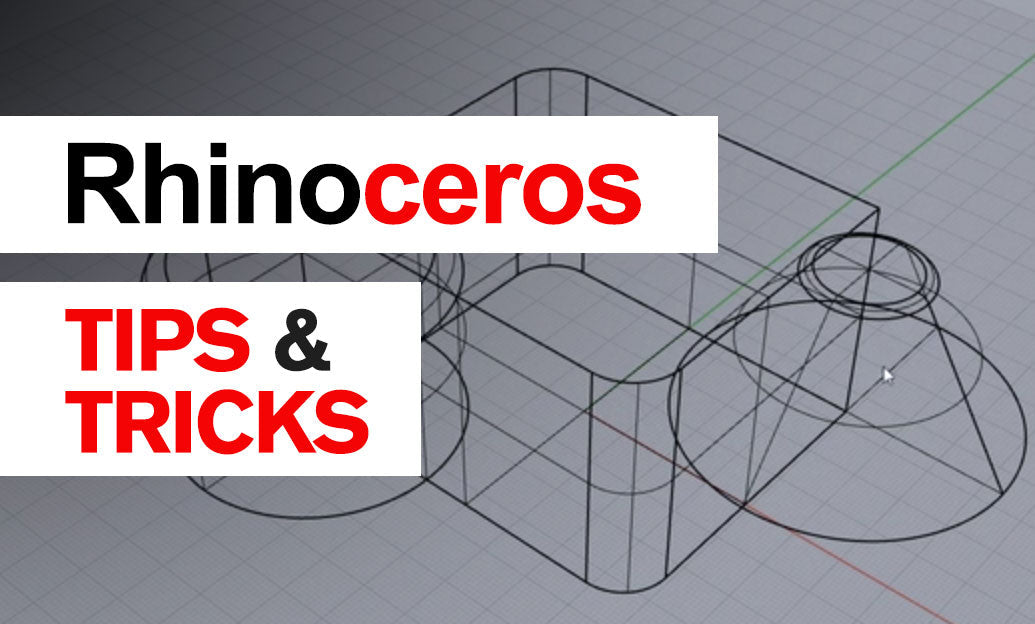Your Cart is Empty
Customer Testimonials
-
"Great customer service. The folks at Novedge were super helpful in navigating a somewhat complicated order including software upgrades and serial numbers in various stages of inactivity. They were friendly and helpful throughout the process.."
Ruben Ruckmark
"Quick & very helpful. We have been using Novedge for years and are very happy with their quick service when we need to make a purchase and excellent support resolving any issues."
Will Woodson
"Scott is the best. He reminds me about subscriptions dates, guides me in the correct direction for updates. He always responds promptly to me. He is literally the reason I continue to work with Novedge and will do so in the future."
Edward Mchugh
"Calvin Lok is “the man”. After my purchase of Sketchup 2021, he called me and provided step-by-step instructions to ease me through difficulties I was having with the setup of my new software."
Mike Borzage
Advanced Software Solutions for Multi-Material 3D Printing: Transforming Modern Design and Manufacturing
September 17, 2024 4 min read


Introduction to Multi-Material 3D Printing
Multi-material 3D printing is an advanced manufacturing process that allows for the creation of objects made from two or more different materials. Unlike single-material 3D printing, which utilizes only one type of material throughout the build, multi-material 3D printing enables the combination of diverse materials within a single print. This capability opens up a myriad of possibilities for creating complex, functional, and aesthetically pleasing designs.
Historical Context
The journey of 3D printing began in the 1980s with the development of stereolithography (SLA), followed by other technologies such as Selective Laser Sintering (SLS) and Fused Deposition Modeling (FDM). Over the years, advancements in 3D printing technology have paved the way for multi-material capabilities. Significant milestones include the introduction of PolyJet printing, which allowed for the simultaneous use of multiple photopolymers, and the advent of dual-extruder FDM printers that can print with two different filaments.
Current Relevance
Today, multi-material 3D printing is a game-changer in various industries, from consumer electronics to aerospace. Its significance lies in its ability to produce parts with complex geometries, enhanced functionality, and improved performance. Key industries such as automotive, medical, and consumer goods are rapidly adopting multi-material 3D printing to innovate and streamline their design and manufacturing processes.
Technical Aspects and Software Solutions
Technological Foundations
Several types of multi-material 3D printers are available in the market, including:
- Fused Deposition Modeling (FDM): Utilizes multiple extruders to print with different filament types.
- PolyJet: Uses multiple print heads to jet and cure different photopolymers simultaneously.
- Multi-material SLS: Combines different powders during the sintering process.
Common materials used in multi-material 3D printing include polymers, composites, and metals. Each material type offers unique properties, such as flexibility, strength, and heat resistance, making it suitable for specific applications.
Software Tools for Multi-Material Design
Leading software platforms that support multi-material 3D printing include:
- Autodesk Fusion 360: Offers comprehensive tools for designing complex multi-material objects.
- Simplify3D: Known for its robust slicing capabilities and support for multiple extruders.
- GrabCAD Print: Seamlessly integrates with PolyJet printers and offers intuitive multi-material design features.
These software tools come equipped with features such as material assignment, print optimization, and simulation capabilities. They also integrate well with existing CAD and CAM systems, enabling a streamlined workflow from design to production.
Design Considerations
Designing for multi-material 3D printing requires careful planning to ensure optimal performance and print quality. Best practices include:
- Understanding material properties: Select materials that complement each other in terms of compatibility and performance.
- Designing for manufacturability: Ensure that the design can be effectively printed with the chosen materials and printer.
- Optimizing print settings: Fine-tune print parameters such as layer height, print speed, and temperature for each material.
Challenges in software include material compatibility issues and the need for precise print settings. Overcoming these challenges involves thorough testing, iterative design improvements, and leveraging advanced software capabilities.
Applications and Case Studies
Product Development
Multi-material 3D printing plays a pivotal role in product development across various sectors:
- Consumer Electronics: Enables the integration of different materials for enhanced functionality and aesthetics.
- Automotive: Facilitates the production of lightweight, durable components with integrated functionalities.
- Aerospace: Allows for the creation of complex, high-performance parts that reduce weight and increase efficiency.
The benefits of multi-material 3D printing in prototyping and production include faster development cycles, reduced costs, and the ability to create highly customized products.
Medical and Healthcare
In the medical field, multi-material 3D printing is revolutionizing the development of customized implants and prosthetics. By combining different materials, it is possible to create implants that mimic the properties of natural bone and tissue, leading to better patient outcomes. Additionally, bio-printing technologies leverage multi-material capabilities to print complex tissue structures for research and therapeutic applications.
Future Trends and Impact
Innovations on the Horizon
The future of multi-material 3D printing looks promising, with several innovations on the horizon:
- Emerging Materials: Development of new materials with enhanced properties, such as higher strength, flexibility, and biocompatibility.
- Advanced Printing Technologies: Introduction of new multi-material printing techniques that offer greater precision and efficiency.
- Software Algorithms: Advances in software algorithms for optimizing multi-material prints, leading to better performance and reduced material waste.
Market Trends and Predictions
The multi-material 3D printing market is expected to grow significantly in the coming years. Factors driving this growth include increasing demand for customized products, advancements in 3D printing technologies, and the expanding adoption of multi-material printing in new industries. Potential new applications are emerging in fields such as construction, fashion, and food production.
Broader Implications
Multi-material 3D printing is reshaping design and manufacturing paradigms by enabling greater design freedom, reducing production times, and lowering costs. However, it also raises ethical and environmental considerations. For example, the sustainability of multi-material printing depends on the recyclability of materials and the reduction of material waste. Addressing these challenges will be crucial for the responsible development and widespread adoption of multi-material 3D printing technologies.
Also in Design News

Bluebeam Tip: Maximize PDF Security and Efficiency with Bluebeam Revu's Flatten Tool
December 02, 2024 1 min read
Read More
Design Software History: Evolution and Impact of Geometric Constraint Solving in CAD History
December 02, 2024 2 min read
Read More
Rhino 3D Tip: Enhancing Scale Modeling Accuracy in Rhino 3D: Essential Tips for Designers and Engineers
December 02, 2024 2 min read
Read MoreSubscribe
Sign up to get the latest on sales, new releases and more …


